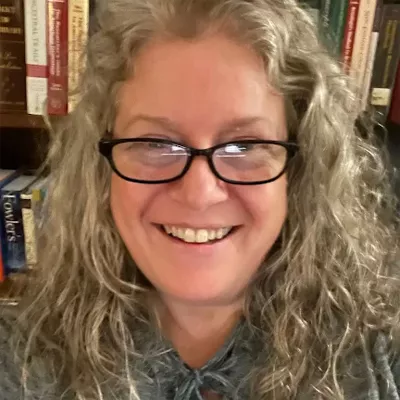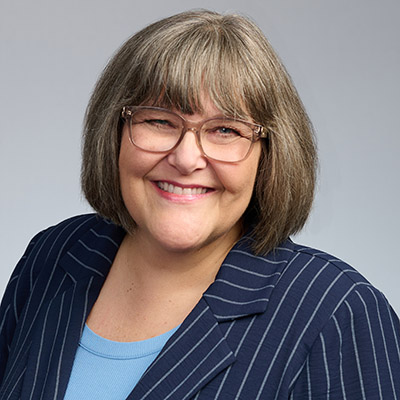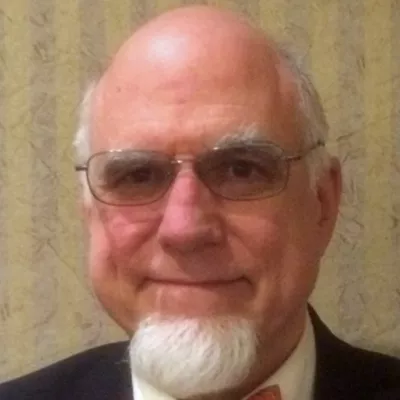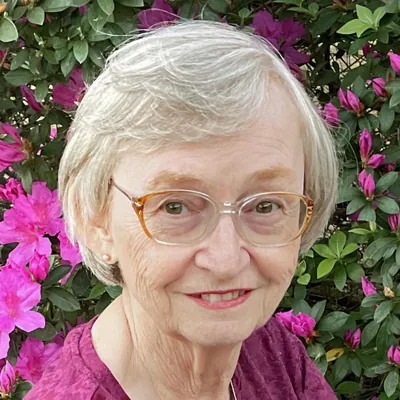Traditional documentation clearly identified Fayette’s father without conflict. However, the DNA results of Fayette’s descendants told a different story. Learn how DNA evidence combined with a trail of clues and the application of the Genealogical Proof Standard revealed a secret from the summer of 1913.

Already a member? Log in









You should receive a confirmation email with a link to the webinar soon.
You’ll also receive a reminder both the day before and one hour before the webinar begins.
Didn’t receive a confirmation email?
You successfully registered for %s.
You should receive a confirmation email with a link to the webinar soon.
You’ll also receive a reminder both the day before and one hour before the webinar begins.
Didn’t receive a confirmation email?
To ensure a smooth, high-quality webinar experience, check the quality of your internet connection.
On the day of the webinar, connect 30–40 minutes before and turn off any background software. If you can’t tune in live, you can view the recording later in the Webinar Library. If joining via a mobile device, be sure to first install the free GoTo app.
Questions? Contact us or read our FAQ.
It looks like you’re already registered for this webinar
You can register for another webinar.
Didn’t receive a confirmation email?
It looks like you’re already registered for these webinars
You can register for another webinar.
Didn’t receive a confirmation email?
Something happened on our end, sorry about that
We were unable to complete your registration.
Please try again later.



 Syllabus
Syllabus
 Chat Log
Chat Log
Thanks! I kept checking back to see if you had answered. And, I’m SURE you caught that I mis-typed typo as type in my first message. I need to ALWAYS slow down and proof before hitting Send or Submit.
I actually figured out what I did! I was thinking about how that could have happened and I realized that when I used my initial tree structure in Lucidchart as a template for Charlotte and Samuel, I updated everything except Charlotte’s birthdate. I’m glad I figured out *how* that happened because it seemed like such a random error. Many thanks to those who paid attention to detail and to Geoff for offering to make edits I have submitted for the recorded slides! Each instance should correctly reflect her birthdate soon. I believe the saying that I have heard repeatedly in genealogy courses, “Everyone needs an editor.”
By the way, all this talk about Charlotte, wasn’t she beautiful?! I really hope my grandma met her and I wish they knew about their biological connection as grandmother and granddaughter.
Loved seeing the progression of this case over the years culminating in this great presentation, Jen. Brava!
Thank you so much, Francine. I am so glad to have you as an accountability partner, for certification and onwards!
I loved this presentation, but I may need to review part of it. During the presentation I momentarily got “LOST” when Charlotte Burkenshaw Bradshaw was shown with the dates (1883 – 1931) — which could NOT be possible with the dates for the children. Since I could not back up at the time, I simply made a note. Maybe there is an explanation — or a type. In any case, any clarification would be much appreciated. The explanations and research were outstanding otherwise.
Thanks.
Carol Snow
Thank you, Carol. It is indeed a typo and I’ve fixed it on my end. Geoff has kindly offered to edit it on the slide. She surely could not have had children before she was born. She was born about 1841 and got married in 1865. Good catch!
I always advise researchers to use the relationship predictions at AncestryDNA rather than the “crowd sourced” “Shared cM tool” when both the tester and match are at AncestryDNA. I suggest the “Shared cM tool” when looking at matches at other sites.
Yes, oftentimes we’re comparing across companies and some of my data was from FTDNA, not just Ancestry. Ancestry’s estimated relationships did not exist when I did this research. Now, I usually look at both and that is what I recommend because it’s best to have all of the information we can.
Fabulous!
Great presentation! I love anything DNA, especially case studies. The presenter nailed it and presented it at a level that was easy to understand
This was an excellent webinar! I especially appreciated the explanations of the step-by-step applications of the genealogy proof standards as Mrs. Zinck conducted her paper and DNA research, as well as the practical tips she provided.
I love a good genetic genealogy “tale”, and this was beautifully presented by Jennifer. It was akin to reading one of Nathan Dylan Goodwin’s books.